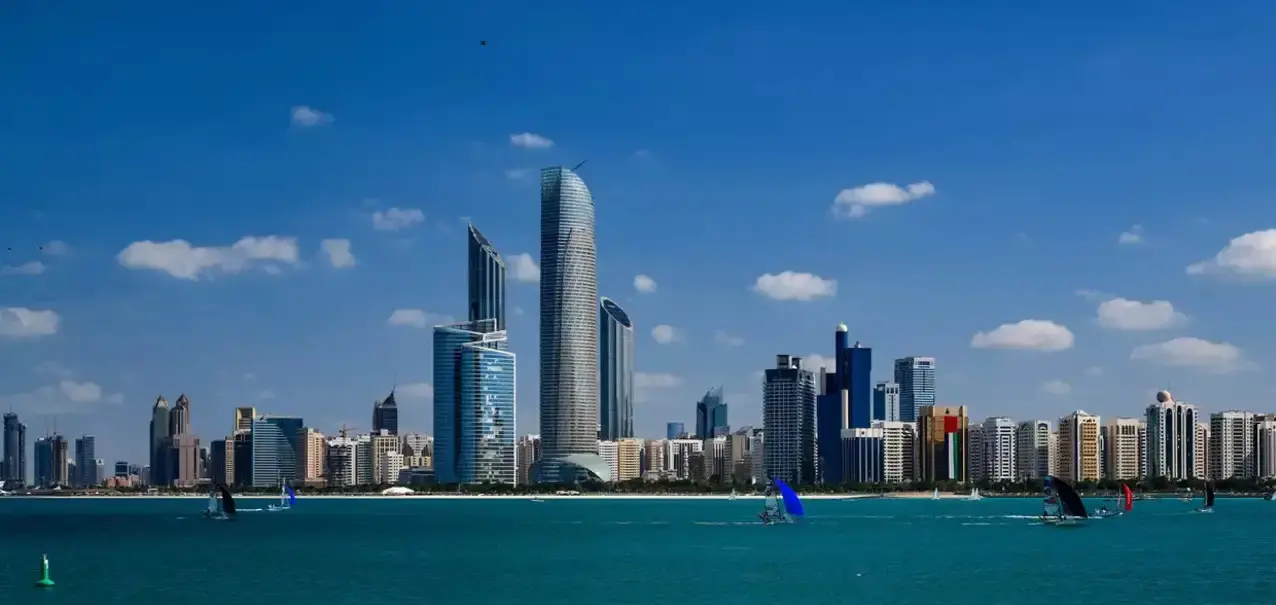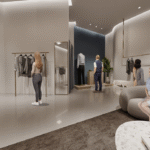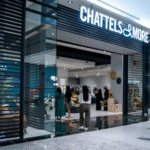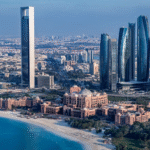Now Reading: UAE’s Affordable Housing Trends Are Changing Lives Across Communities 2025
-
01
UAE’s Affordable Housing Trends Are Changing Lives Across Communities 2025
UAE’s Affordable Housing Trends Are Changing Lives Across Communities 2025
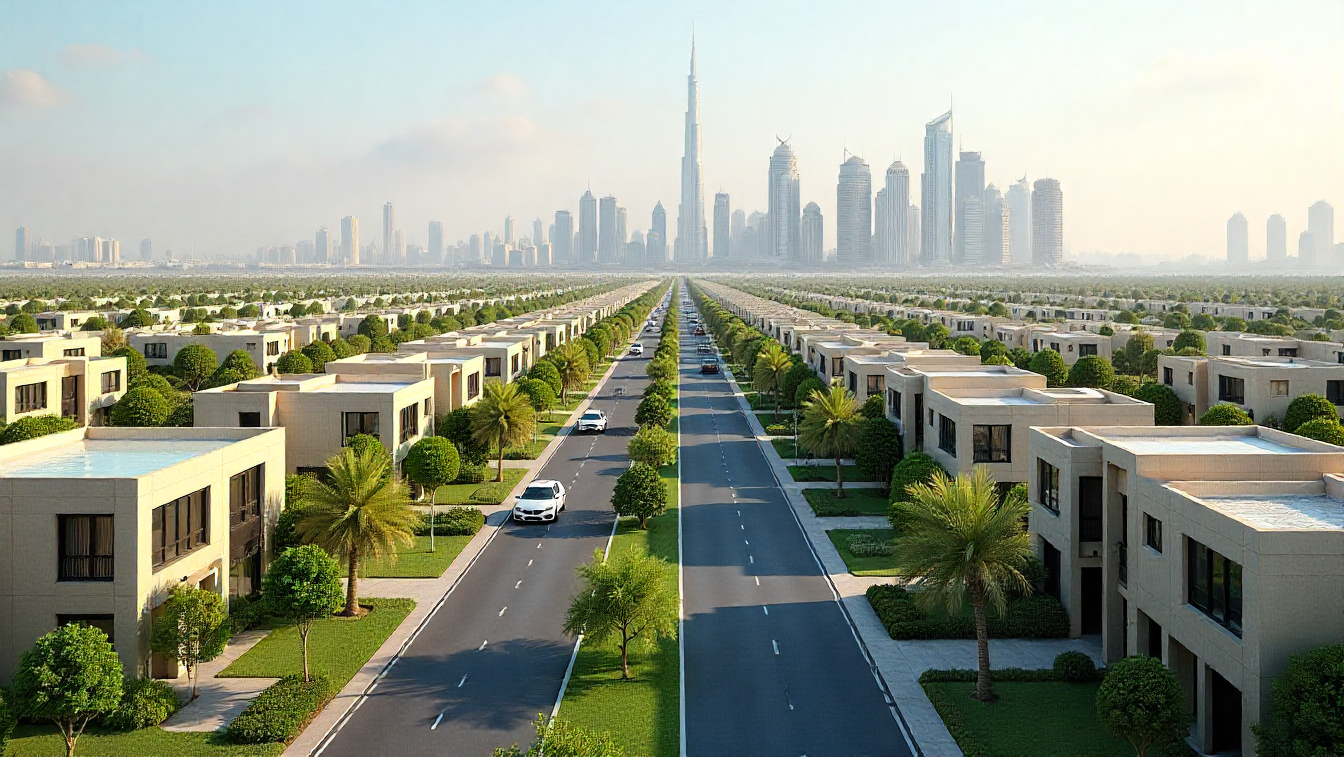
Table of Contents
The United Arab Emirates has long been recognized for its UAE luxurious real estate and world-class infrastructure. However, a notable shift is happening in the housing market as affordable housing emerges as a major priority. With a growing population, rising urbanization, and a diverse workforce, the demand for cost-effective homes has never been higher. Developers, government authorities, and financial institutions are adapting to these needs, creating trends that are reshaping the housing landscape in the UAE.
Government Initiatives Supporting Affordable Housing
One of the key drivers of this trend is proactive UAE government policies. Authorities in Abu Dhabi, Dubai, and other emirates have launched initiatives aimed at making housing accessible to middle-income residents. Programs such as subsidized mortgages, long-term payment plans, and grants for first-time homebuyers are helping residents achieve homeownership without financial strain.
For instance, Dubai’s “My First Home” scheme allows UAE nationals and residents to access affordable mortgage options, encouraging long-term stability in the housing market. Similarly, Abu Dhabi has been promoting mixed-use developments where affordable housing units are integrated with schools, healthcare facilities, and retail spaces, providing convenience and quality of life.
These measures not only make housing more accessible but also stimulate the overall real estate market by encouraging a wider segment of the population to invest in property.
Shift Towards Smaller and Efficient Units
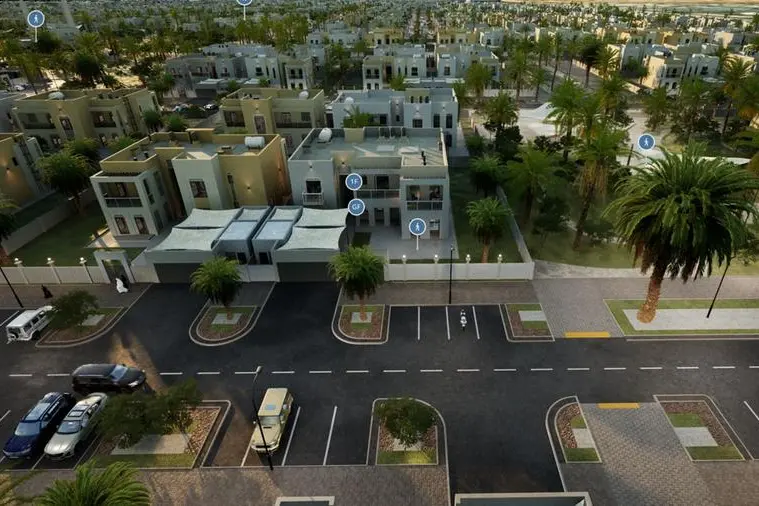
Another trend in the affordable housing sector is the rise of smaller, UAE more functional living spaces. Developers are focusing on compact apartments and studios that maximize space efficiency without compromising on comfort.
This trend caters to young professionals, small families, and expatriates UAE who seek modern amenities at a reasonable price. By designing smaller units with smart layouts, developers can lower construction costs and pass these savings on to buyers, making homeownership more attainable.
Integration of Technology and Smart Homes
Technology is also playing a crucial role in affordable housing developments. UAE Smart home features, energy-efficient designs, and online property management platforms are becoming standard in new projects. These innovations help reduce maintenance costs and utility bills, making homes not only affordable upfront but also cheaper to maintain in the long term.
For example, solar panels, smart thermostats, and efficient lighting systems are increasingly integrated into affordable housing projects. Such additions appeal to environmentally conscious residents while enhancing the overall affordability of the units.
Private Sector Involvement and Public-Private Partnerships
The private sector is responding to the demand for affordable housing with creative solutions. Major real estate developers are launching dedicated affordable housing projects, often in partnership with government entities. Public-private partnerships allow for shared investment risks and make large-scale projects financially viable.
One notable example is the development of integrated communities that combine residential, commercial, and recreational spaces. By creating vibrant neighborhoods rather than isolated housing blocks, developers are adding value for residents while keeping prices within reach.
Emerging Locations and Suburban Development
Affordable housing trends are also influencing urban planning. Rather than focusing solely on central business districts, developers are exploring suburban areas and emerging towns where land costs are lower. This strategy not only reduces the overall price of housing but also encourages population distribution, easing congestion in city centers.
Areas such as Dubai South and Mohammed bin Rashid City have witnessed the introduction of affordable housing communities that maintain high-quality infrastructure and amenities. These locations are attracting families and professionals seeking a balance between affordability and lifestyle.
Flexible Financing Options
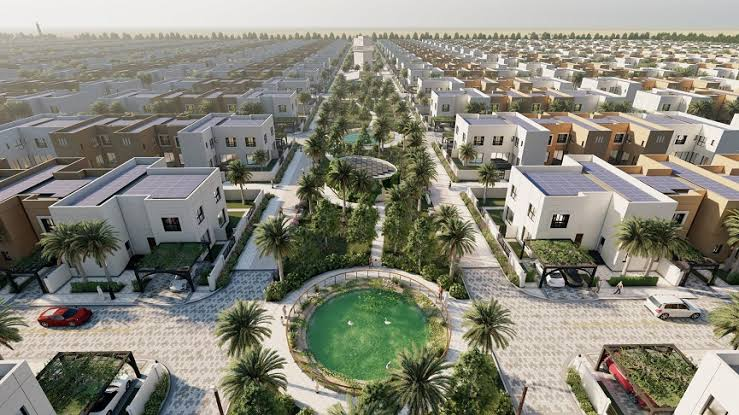
Financing options play a critical role in making housing affordable. Banks and financial institutions in the UAE are introducing flexible mortgage plans with lower interest rates, extended repayment periods, and minimal down payment requirements. Such schemes reduce the entry barriers for first-time buyers and middle-income residents, allowing them to invest in property without compromising financial stability.
Additionally, some developers are offering rent-to-own schemes, where residents can gradually transition from renting to owning a home. This approach is particularly appealing to expatriates and young families who may not immediately qualify for traditional mortgages.
Challenges and Future Outlook
Despite these positive trends, affordable housing in the UAE faces challenges. Rising construction costs, inflation, and global economic fluctuations can impact pricing and project timelines. Additionally, ensuring that quality and safety standards are maintained in cost-effective projects remains a key concern.
However, industry experts remain optimistic. Continued government support, private sector innovation, and the adoption of technology are expected to drive growth in affordable housing. Over the next decade, the UAE is likely to see a balanced real estate market where luxury and affordability coexist, catering to diverse residents’ needs.
Conclusion
Affordable housing in the UAE is no longer a niche market it is a central focus for both policymakers and developers. With supportive government initiatives, smart designs, technological integration, and flexible financing options, more residents can achieve the dream of homeownership. These trends not only make housing accessible but also promote sustainable urban growth and inclusive communities across the Emirates.
The rise of affordable housing in the UAE demonstrates a clear commitment to improving the quality of life for residents, ensuring that the nation’s real estate market remains resilient, inclusive, and forward-looking.
READ MORE:- Inside the World of Business Acquisitions: Secrets of Corporate Growth 2025



